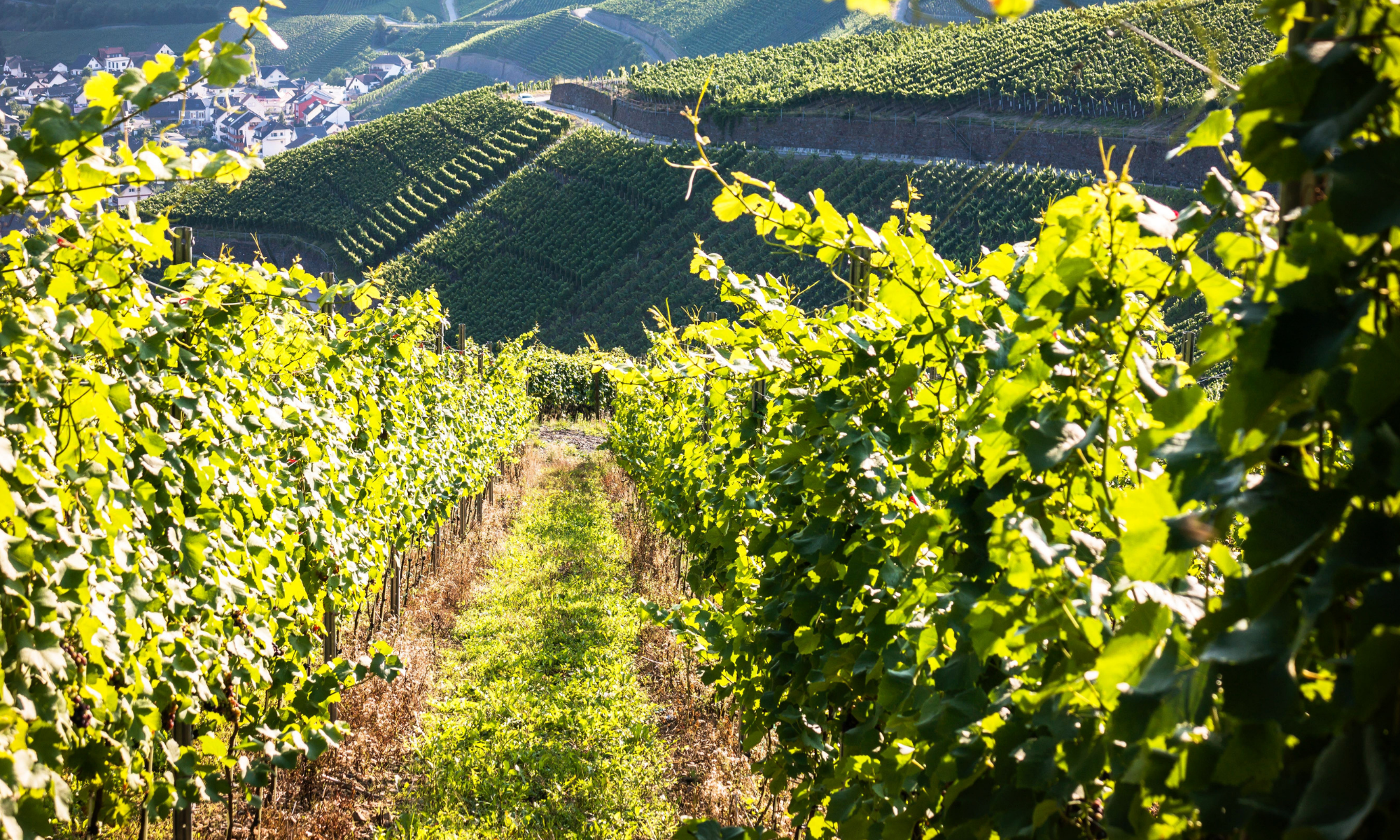I love frogs almost as much as I love bugs. One time I even tried to learn the languages of our local frogs. Peeper, American toad, Wood frog – I got the basics. But never enough to ask them the important questions. So I had to get my hands on Steve and Robin’s newest book – which will be released Feb. 26th.

The Frog Book
by Steve Jenkins & Robin Page
40 pages; ages 6-9
HMH, 2019
Frogs are creatures of two worlds – they spend part of their lives in the water and part on land.
Spread by spread we meet frogs that hop, frogs that fly, frogs bigger than your hand, and frogs smaller than your thumb. Frogs have lived on earth for millions of year. “In fact,” the authors write,” a frog could have been stepped on by one of the first dinosaurs.”
What I like love about this book: I love that each page features a particular froggy feature, from “what is a frog?” to frog adaptations. We discover what frogs eat (and it’s not all flies), frog defenses, and life in the trees. Unfortunately, one-third of all frog species are in danger of extinction due to habitat loss, climate change, pollution, and disease. Back matter includes quick facts about every frog featured in the book: size, diet, home range.
I also love the torn- and cut-paper illustrations. The detail is amazing! And I really love the end papers! They are a luscious mix of bubbly pond shades of blues and greens. If you can’t wait for spring to bring frogs, this book may tide you over the next few weeks.
Head over to Archimedes Notebook for more books that include frogs, and some froggy Beyond-the-Book activities.

It’s STEM Friday! (STEM is Science, Technology, Engineering, and Mathematics)
Copyright © 2019 Sue Heavenrich All Rights Reserved.


 Too many people, including some elected leaders, seem not to understand the difference between weather and climate. So I am relieved to find books for kids that are grounded in climate science. Searchlight Books (Lerner) recently published a series on climate change. The books are each 32 pages long, and aimed for students in 3rd -5th grade.
Too many people, including some elected leaders, seem not to understand the difference between weather and climate. So I am relieved to find books for kids that are grounded in climate science. Searchlight Books (Lerner) recently published a series on climate change. The books are each 32 pages long, and aimed for students in 3rd -5th grade. I love the National Geographic Kid’s books for early readers. Here are two recent bo
I love the National Geographic Kid’s books for early readers. Here are two recent bo




 Charlotte’s Bones: The Beluga whale in a farmer’s field
Charlotte’s Bones: The Beluga whale in a farmer’s field The Dinosaur Expert
The Dinosaur Expert I love stories of accidental invention. This one is particularly fun to read.
I love stories of accidental invention. This one is particularly fun to read.